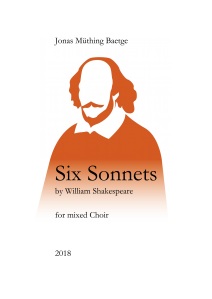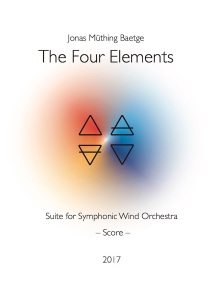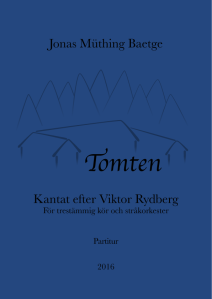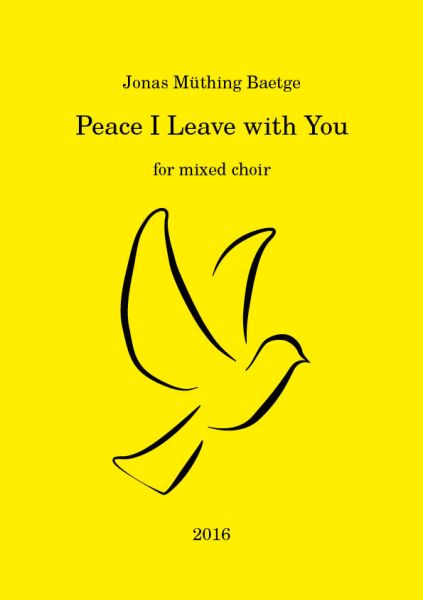
Click image for an extract
Written for Nikolaus Indlekofer and the symphony orchestra of Ettlingen music school
Instrumentation: orchestra
(2+picc, 2+cor, 2, 2 – 2, 2, 3, perc, str)
Duration: ca. 15 minutes
First performance: Sinfonieorchester der Musikschule Ettlingen, 24th November 2013, Ettlingen
Please use the contact form to order the sheet music for free
Lurs are calling and soon a procession begins to take shape, chanting can be heard. The song fades away and drums take up a daunting rhythm. What is this? Hunt, war, a ritual? The music leads towards an inexorable, forceful climax that is resolved in a phase of contemplation.
Hällristningar is inspired by the Bronze Age rock carvings that can be found in many places of Scandinavia. They must have played a vital part for society, it was a great effort to painfully beat mythical and common motives out of the hard rock. The music wants to fire the imagination and give life to these ancient and to our eyes alien works art. The orchestra paints musical images of scenes from rock carvings such as hunt, war, processions, making music, farming and religious rituals.
But there is more to this score than simply depicting a time so long ago that we only have a vague perception of how pepole lived back then.
Central to the aesthetics of rock carvings is their pictographic character. It was the depiction of the characteristics of an object the creators of the rock carvings were after and not a lifelike representation. A wagon for example is commonly represented by a side view of the wheels connected with lines.
During the 20th century, icons have become important again, helping to transport complex messages through simple means and to a certain extent independent from language – like signs for toilets, elevators, emergency exits or “overtaking forbidden”. Nowadays pictogrammes have gained even more importance in our lives. They have become the key to using computers, the internet and all sorts of technical devices that surround us.
An important part of this digital world of pictogrammes are games. We are playing always and everywhere and icons are often fundamental to gaming. Hällristningar incorporates this natural relationship towards symbols and pictographs shared by us as a part of the digital world and its games and the Scandinavian people of the Bronze Age as a part of their art.
Central to the score is a set of symbols that show how the parts have to be played. They represent the rules of playing the piece: how different sections have to be performed, but also when they have to be performed. The musicians need to listen to each other much more carefuly than they would normally do as the other’s actions determine their own. Instead of painstakingly rehearsing an exact interpretation of the piece the musicians engage in a direct and playful interaction. The score becomes a social game for orchesta which makes the individual musician conscious about their role within the orchestra.
0.000000
0.000000










